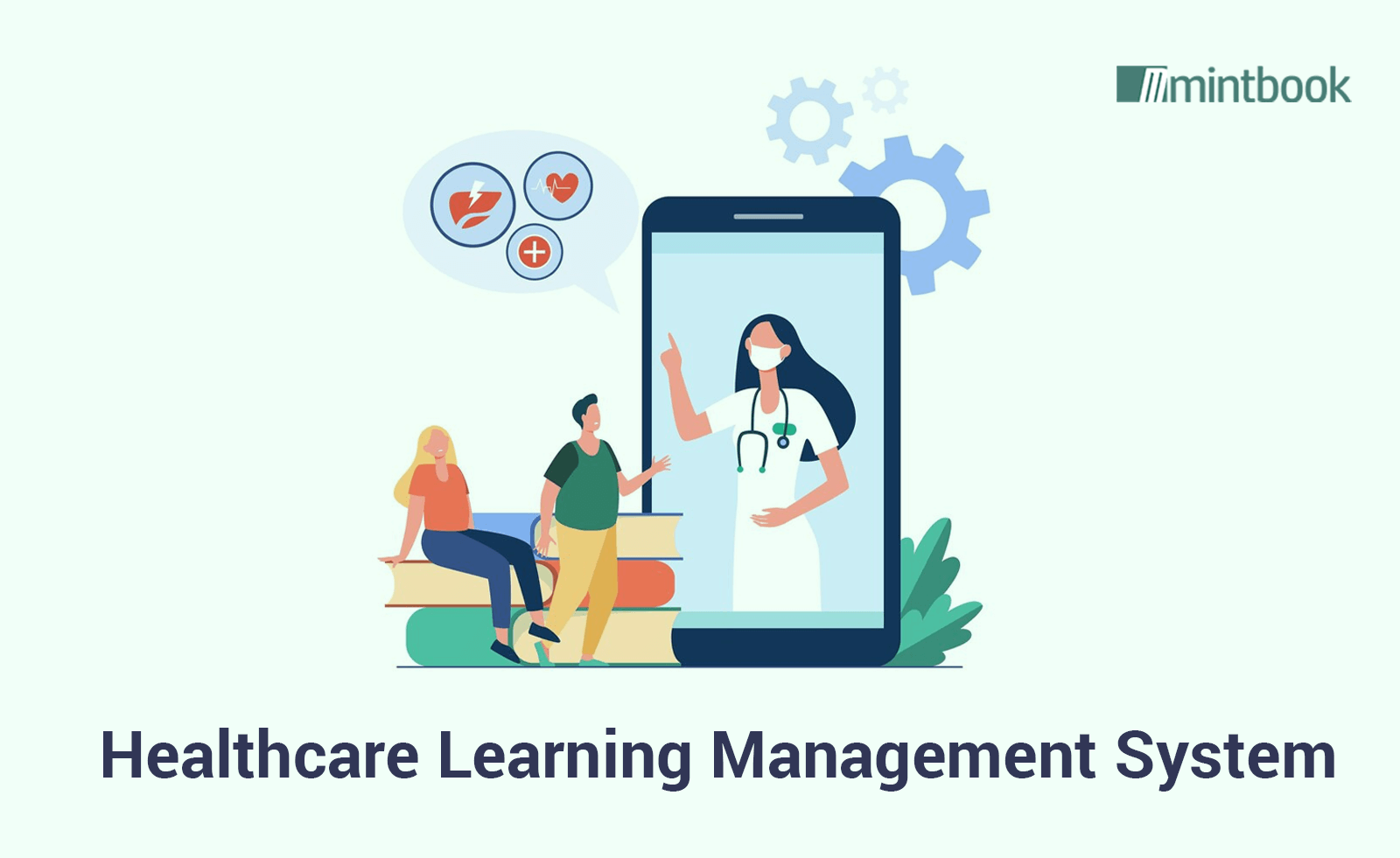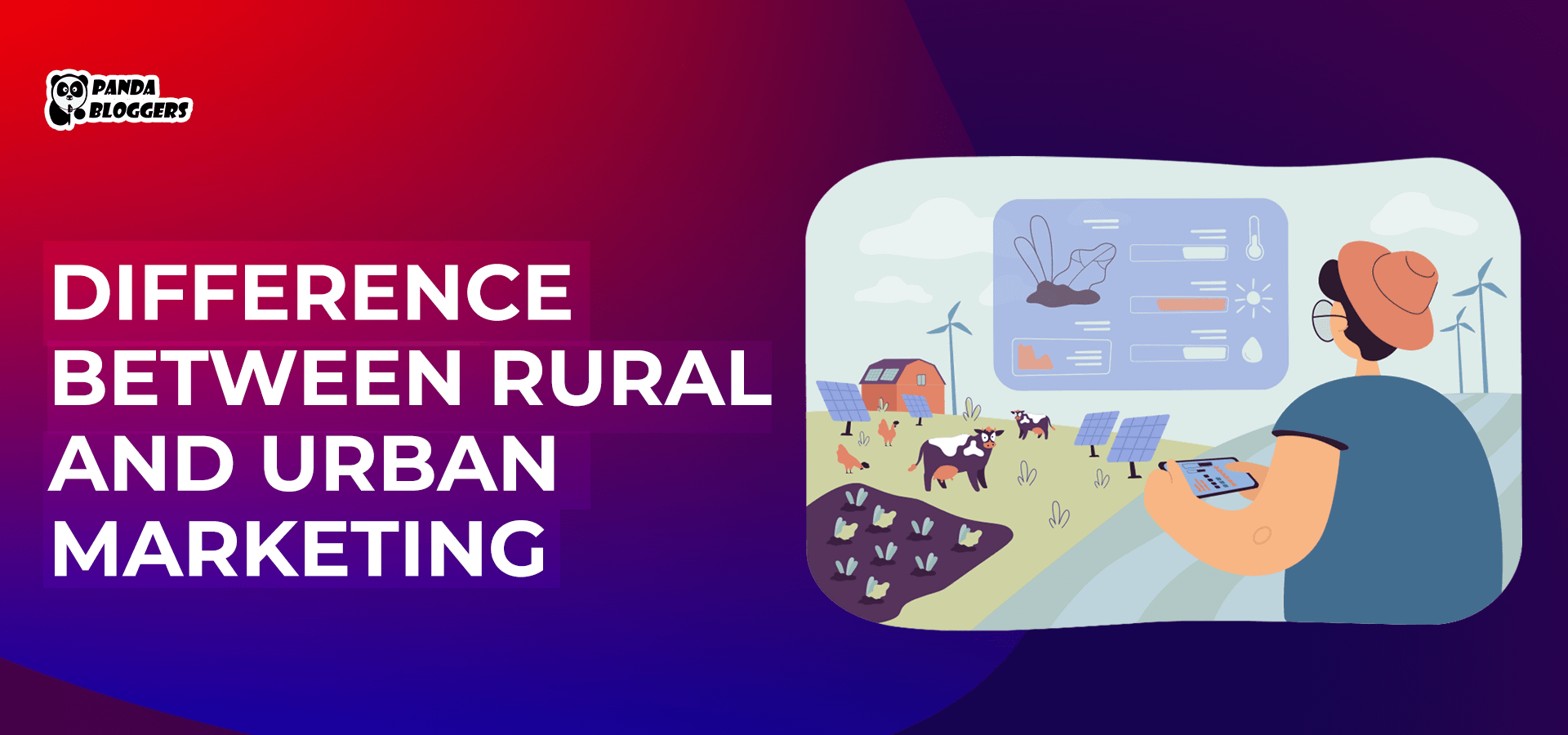 Healthcare Learning Management System
Healthcare Learning Management System
Several studies have highlighted the positive impact of learning and development (L&D) on for-profit and nonprofit organizations. However, L&D strategies and approaches differ across sectors or industries. While strategizing L&D initiatives, healthcare organizations focus extensively on training, reskilling, and upskilling their workforce.
In addition, their L&D programs focus on ensuring the delivery of personalized, compliant, and safe patient care. Healthcare learning management systems come with features and tools to catering the L&D needs of hospitals, clinics, and other organizations in the healthcare industry.
They reduce the costs and complexities associated with the creation, delivery, monitoring, and administration of various L&D programs. A healthcare organization can implement the special-purpose eLearning tool to enable employees to learn standards, guidelines, compliance, technology, and best practices after working hours.
However, healthcare learning management systems differ from each other in several aspects. They must focus on some important factors to select and implement the best healthcare learning management system (HLMS). We are simplifying the HLMS selection and comparison by discussing important parameters or criteria.
12 Criteria to Choose the Right Healthcare Learning Management System
-
UI and UX
The HLML’s user interface (UI) and user experience (UX) will impact the L&D outcomes directly. Employees can interact with the software effortlessly when it features an intuitive UI. Likewise, the software must deliver seamless UX across devices and platforms. The UI and UX will contribute towards engaging and motivating employees to gain knowledge after working hours.
-
Multiformat Content
Internet users these days gather information by accessing digital content in multiple formats. Some users still read eBooks and journals, while others prefer watching videos and listening to podcasts. Hence, healthcare organizations need an LMS system that supports multiformat and multilingual digital content. The support will enable employees to gain knowledge by accessing their preferred eLearning content.
-
Off-the-Shelf Content
Leading HLMSs come with complimentary digital library software. The digital library enables employees to access off-the-shelf content in various formats – eBooks, journals, videos, audio, quizzes, and simulations. Also, it helps employees to access thought leadership content by curtain high-quality content from online sources. Decision-makers must curtail content creation time and costs by opting for an HLMS featuring robust digital library software.
-
Content Authoring Tools
Trainers and instructors need easy-to-use tools to accelerate eLearning content creation. Leading HLMSs come with built-in content authoring tools. However, decision-makers must check if the content authoring software enables trainers to produce content in multiple formats. Also, they should prioritize software that saves time and resources by supporting content curation and repurposing.
-
Learner Engagement
The low online completion rate makes it essential for healthcare companies to implement an LMS that keeps employees engaged. Decision-makers should prioritize HLMSs that boost learner engagement by supporting gamified and collaborative learning.
They should check if the software gamifies learning experiences by providing features like badges, coins, and scorecards. In addition, they should check if the software enables learners to collaborate by featuring discussion forums, query corners, leaderboards, and chat rooms.
-
Notification System
Regulations and trends in the healthcare industry change at frequent intervals. L&D strategies must focus on making employees comply with the latest regulations and adopt emerging trends. It becomes easier for them to share new regulations and trends with employees when the HLMS features a robust notification system. The automated notifications sent by the eLearning solution will help employees access up-to-date information proactively.
-
Dashboard
In addition to showing up-to-date information about learners and L&D programs, the LMS dashboard enables decision-makers to generate and schedule custom reports. The custom reports help them monitor important metrics like learner progress, learner performance, and course completion rates. However, decision-makers should prioritize HMLS that features advanced data analytics. The built-in data analytics will help them understand what is working and what is not by sharing data-driven insights.
-
Integration Capability
No healthcare organization can run L&D programs successfully without building a unified learning platform. The unified learning platform requires them to integrate the HLMS with essential eLearning tools like online classroom software and digital library software. Decision-makers should opt for cloud-based HLMSs that can be combined with other eLearning solutions seamlessly using application programming interfaces.
-
Data Security and Integrity
A large number of employees and administrators will access the HLMS regularly. Also, the HMLS will deliver eLearning content to learners over the internet. Hence, decision-makers must check how the HMLS secures data and maintains data integrity. They must prioritize software that stores and transmits data in encrypted format. In addition, they must check if the provider prevents security attacks and cyber crimes by installing robust firewalls.
-
AI Features
New-age HLMSs optimize L&D initiatives using artificial intelligence (AI) technologies. Intelligence technologies make the HLMSs effective in creating personalized learning paths, analyzing eLearning data efficiently, and accelerating content creation. Also, leading LMS systems feature AI-powered chatbots that boost learning experiences by acting as virtual instructors. While comparing HLMSs, decision-makers should prioritize software that leverages intelligence technologies.
-
Omnichannel Tech Support
Tech issues will impact the HMLS’s accessibility and availability from time to time. Decision-makers should ensure that each tech issue is resolved without putting in extra time and effort. Hence, they must choose a HLMS provider that offers 24/7 technical support. At the same time, they need to ensure that administrators can contact the technical team directly by making phone calls, sending emails, and using instant messaging apps.
-
Awards and Recognitions
Prestigious eLearning awards and recognitions make HLMSs stand out from the crowd. Decision-makers must use awards and certifications as key parameters to assess the provider’s reputation and credibility. In addition to considering the awards won by the eLearning solution provider, they should check if the company complies with universally recognized quality standards like ISO.
Conclusion
A healthcare learning management system is designed with features to meet the precise L&D needs of healthcare organizations. However, a healthcare organization can configure, customize, and scale cloud-based learning management systems according to its exact needs. Hence, decision-makers must focus on choosing a HLMS that meets their organization’s current and emerging L&D needs without increasing costs and complexities.








Leave a Reply